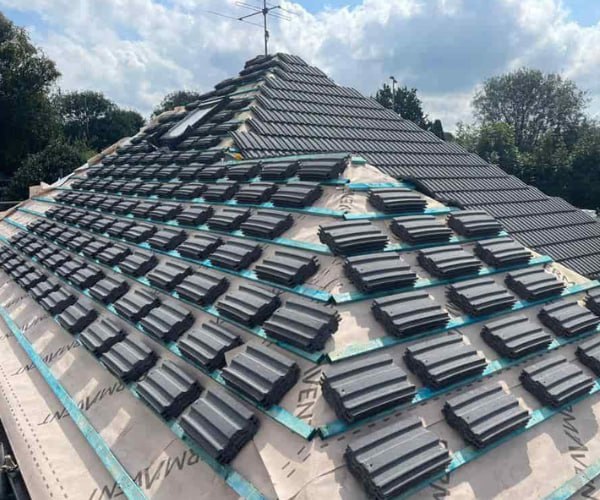How Weather Conditions Can Impact Your Roof’s Tile Stability
Introduction: Your roof is your home’s first line of defence against the elements, and it plays a crucial role in maintaining your house’s structural integrity and safety. One significant aspect of roof maintenance is ensuring the stability of your roofing tiles. Weather conditions can profoundly impact the stability of your roof tiles, and understanding these effects is essential for proper roof care. This blog post will explore how weather conditions influence your roof’s tile stability.
1. Rain and Moisture: Rainfall is a common weather factor that can affect the stability of your roof tiles. Over time, moisture can seep into the roofing materials, causing them to weaken and deteriorate. Wet tiles can become heavy, and if they remain saturated for extended periods, they may lose their grip on the roof structure. Regular inspections and timely repairs are crucial to prevent moisture-related issues.
2. Wind: Strong winds can be a significant threat to the stability of roof tiles. High-speed winds can lift and displace individual tiles, exposing the underlying roof structure to potential damage. Regularly check your roof after severe windstorms and replace or resecure any loose tiles promptly to maintain the roof’s integrity.
3. Extreme Temperatures: Fluctuations between extreme hot and cold temperatures can lead to thermal expansion and contraction of roofing materials. Over time, this can weaken the adhesive properties of roofing compounds, causing tiles to become loose. Insulating your attic and using reflective roofing materials can help mitigate temperature-related tile stability issues.
4. Snow and Ice: In regions prone to heavy snowfall, the weight of accumulated snow and ice can put immense pressure on roof tiles. This added load can lead to tile displacement or, in severe cases, roof collapse. Regular snow removal and proper insulation are essential in cold climates to prevent tile instability.
5. Hailstorms: Hailstorms can cause significant damage to roofing materials, including shingles and tiles. Large hailstones can crack or break tiles, making them unstable. After a hailstorm, it’s crucial to inspect your roof for damage and replace any damaged tiles promptly.
6. UV Exposure: Prolonged exposure to the sun’s ultraviolet (UV) rays can cause roofing materials to deteriorate over time. This can make tiles brittle and more susceptible to cracking and breaking. UV-resistant roofing materials and regular roof inspections can help mitigate the effects of UV exposure.
Conclusion: Weather conditions play a substantial role in the stability and longevity of your roof tiles. To ensure the safety and functionality of your roof, it’s essential to stay proactive in monitoring and maintaining your roofing system. Regular inspections, timely repairs, and high-quality roofing materials can help safeguard your roof against the adverse effects of weather, ultimately extending its lifespan and protecting your home. If you suspect any damage or instability, it’s advisable to consult with a professional roofing contractor for a thorough assessment and necessary repairs.
Call us on: 01226 445 195
Click here to find out more about DHT Roofing Cudworth
Click here to complete our contact form and see how we can help with your roofing needs.

